By Mike Houston, Managing Partner, Capital Markets
The term SPAC is growing in popularity, not only in name but in their strategic threshold.
SPACs have become a buzzword on Wall Street, and not because it sounds like an onomatopoeia. Approximately 200 SPACs went public in 2020 through capital raises reaching almost $64 billion in total funding, according to Renaissance Capital. This total almost exceeds all of last year’s traditional IPOs combined!
It’s clear that if you operate within the Capital Markets, an understanding of what exactly a SPAC is might be necessary. Simply put, a SPAC is a special purpose acquisition company, which serves as an alternative way for companies to go public while eliminating some of the risk and complexity associated with the typical IPO process. So far this year, over 200 “blank-check” companies have raised over $70 million dollars, according to data from Bloomberg, and have thus become the dominant approach for companies looking to raise equity and go public on a U.S. exchange.
Essentially, SPACs are shell companies that are set up by investors with the intention to raise money and eventually acquire a targeted company. SPACs have no operations of their own, provide no services or products, and do not create their own sales. SPACs have been created by spectrum of entities, including teams of institutional investors; private equity, venture capital, and hedge funds; as well as famous CEOs, billionaires, and celebrities. The possibilities for SPACs are obviously wide-ranging, as some SPAC sponsors will divulge the type of companies it’s targeting, while others exhibit free will to acquire whatever company they see fit.
SPACs have gained momentum attached to larger celebrities and projects, removing the hurdles of roadshows and story pitching to potential investors, which we all know can be a very time-consuming venture. Instead, SPACs allow investors to sponsor alongside projects of interest or attach their money to sponsors with successful track records, without knowing the full details of the future intended merger – hence the associated nomenclature, “blank-check companies.”
So why now? SPACs have been around for decades, formerly assisting smaller companies with becoming public in lieu of potential struggles with an open market capital raise. COVID-19 has served as the impetus for their reignition, as the open markets have acquired unprecedented volatility, impacting valuations and creating uncertainty amongst investors. SPACs have served as an alternative option for capital influx and IPOs, capturing acquisition closings in just months and requirements to close on merger opportunities within 24 months post-launch.
The other significant wrinkle with SPACs is the investor pool. Uniquely, SPAC investors can either choose to stay on board with the SPAC following the creation of its merged public entity or redeem the shares they bought in the capital raise, including interest which averages an approximately 20% return and leave the deal altogether.
The potential of these capital exits, matched with a boom in retail investment also during the waves of the pandemic, has culminated in the need for an aggressive and unique investor relations strategy. With so many unknowns during the IPO process, engagement with shareholders is crucial, especially once de-spacing occurs. As trends have pointed to SPAC transactions’ lag in performance against major indexes, Lambert provides a storied track record in investor relations and has developed a dedicated retail investor platform, TiiCKER, to help these companies achieve maximum and fair valuation beyond the IPO process.
Interested in learning more? Connect with our team today.

